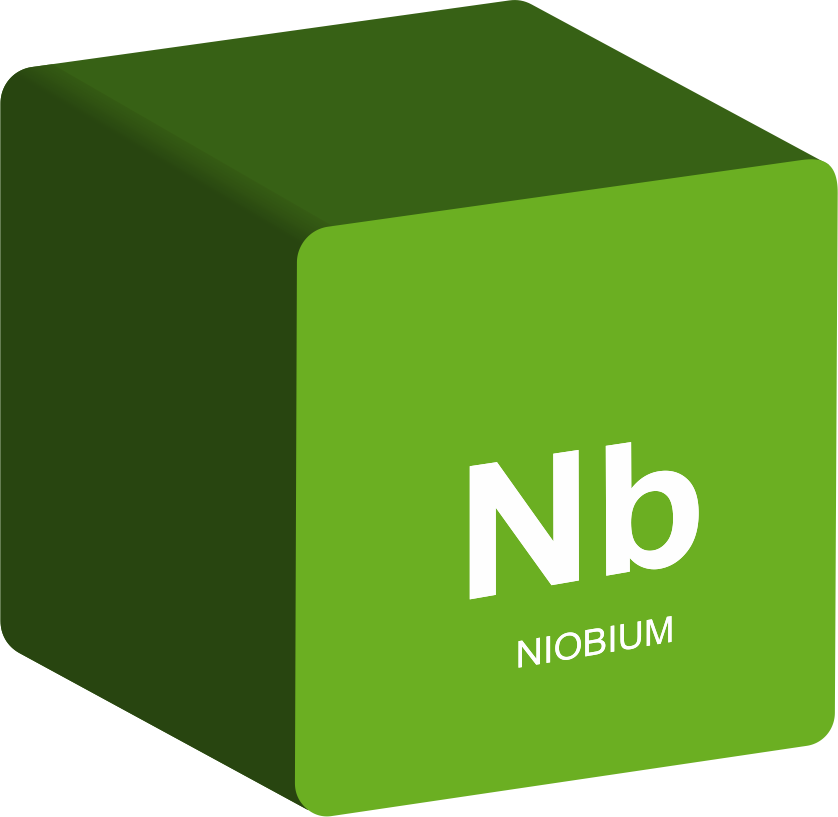Membrane-Free Chlorine Redox Flow Battery For Stationary Storage
A group of scientists from the University of Maryland in the United States and the East China University of Science and Technology has fabricated a reversible chlorine redox flow battery for stationary energy storage.
The full chlorine device has a membrane-free design and is based on an aqueous electrolyte made of sodium chloride (NaCl) which uses chlorine (Cl2/Cl−) redox couple as the active material for the positive electrode. “The Cl2/Cl− has a theoretical capacity of 755 mAh/g, more than two times that of vanadium oxides (VO2+/VO2+, 226 mAh/g) used in current redox flow batteries,” the researchers explained. “In addition, sodium chloride is one of the cheapest commodities available due to the abundant source in seawater and large-scale production.”
One of the major costs in vanadium redox flow batteries is the ion-permeable membrane used to minimize so-called “crossover.” This phenomenon, which can cause capacity losses that can reach up to 50%, occurs during charging and recharging, when battery electrolyte components cross the membrane in the battery cell and the redoxmers – which are redox-active molecules that can store energy in the batteries’ electrolytes – migrate to the wrong side of the device. In the battery configuration proposed by the US-Chinese group, the chlorine is immiscible to the electrolyte, which means that no membrane to prevent crossover is needed, thus further reducing costs.
The Cl2/Cl− redox reaction in the aqueous NaCl electrolyte was evaluated in a concentric cell with a porous carbon coated with ruthenium(IV) oxide and titanium oxide (RuO2-TiO2), which is intended at promoting the oxidation kinetics of chloride. Carbon tetrachloride (CCl4) was also added through the working electrode and the electrolyte. A graphene composite that is known as NaTi2(PO4)3 was used as the negative electrode.
The battery cell was found to have a high voltage efficiency, which the scientists attributed not only to the fast reaction kinetics but also the membrane-free configuration. “At the highest flow rate examined, the voltage efficiency could be postulated to over 93% at 20 mA/cm2,” they emphasized.
The battery showed a round-trip energy efficiency of 91% at 10 mA/cm2 and an energy density of 125.7 Wh/L. The values, according to the academics, represent the best performance for a flow battery system in the past ten 10 years.
The battery was presented in the study High-energy and low-cost membrane-free chlorine flow battery, published in nature communications. “The chlorine flow battery can meet the stringent price and reliability target for stationary energy storage with the inherently low-cost active materials (around $5/kWh) and the highly reversible Cl2/Cl− redox reaction,” the research team concluded.
www.ferroalloynet.com

